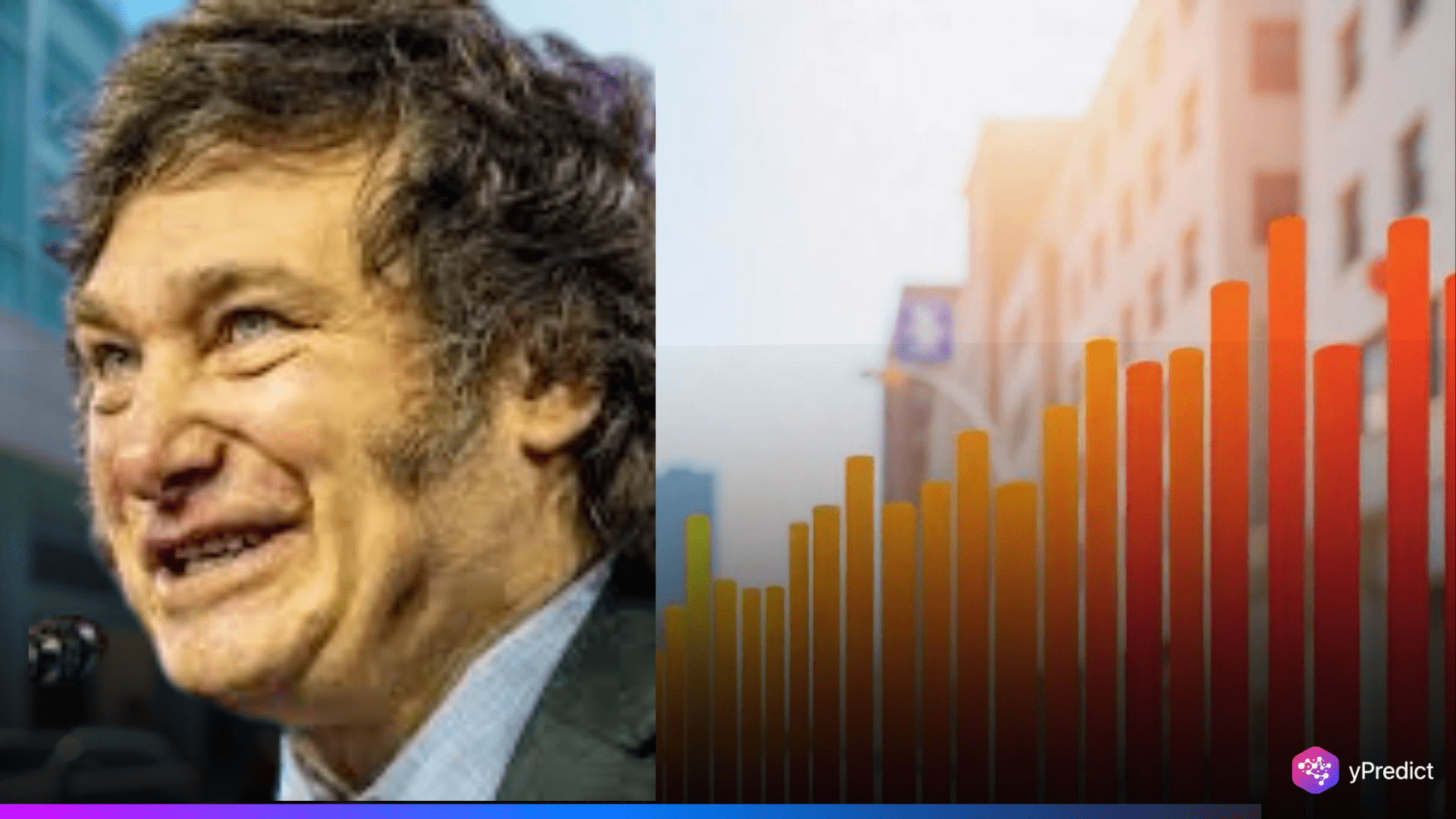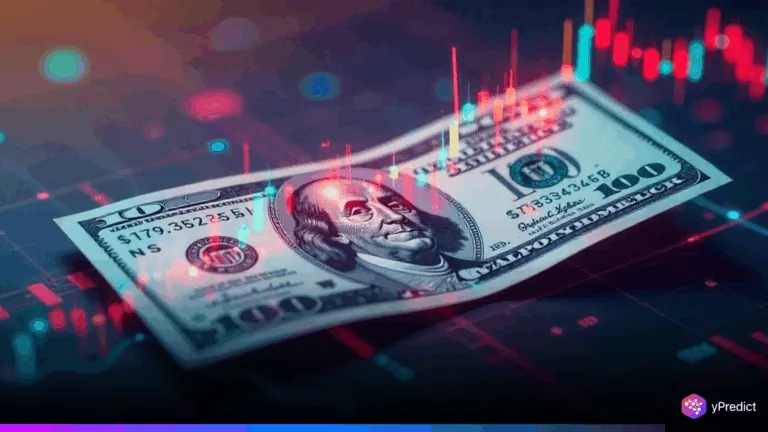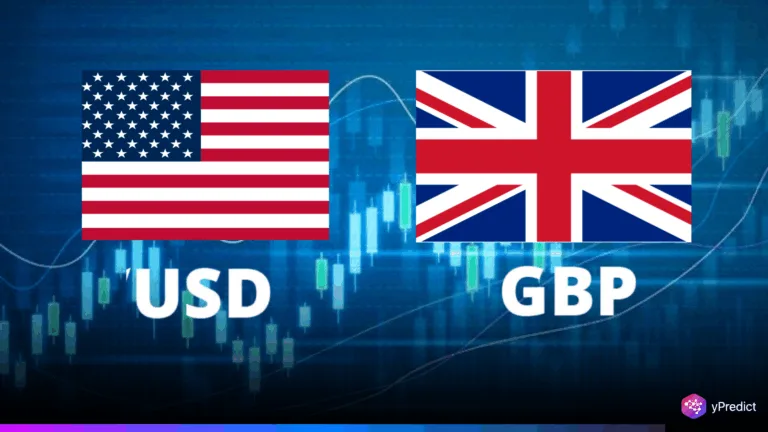
Argentina lifts currency controls under President Milei, allowing individuals to buy dollars freely for the first time in six years. After six years of strict rules, Argentina has removed limits on buying and selling foreign money. This change, announced by President Javier Milei on April 11, 2025, is part of big plans to fix the country’s economy. Now, people in Argentina are free to buy and sell foreign currencies legally. The government has also set up a new system to control the value of the peso, hoping to keep prices stable without causing money problems.
Partial End to the Cepo: How the New System Works
President Milei’s government tied the lifting of currency restrictions to a $20 billion agreement with the International Monetary Fund (IMF), boosting Argentina’s dwindling reserves.
Under the new framework, the peso will float within a “currency band” of 1,000 to 1,400 pesos per U.S. dollar. The Central Bank will intervene only if the exchange rate moves outside this range. This approach gives the market more influence while maintaining a safeguard against extreme volatility.
Challenges Ahead for Argentina’s Peso and Competitiveness
Javier Milei’s economic reforms have shown some good early results, but there are still big hurdles to cross. To keep the peso strong without always depending on the Central Bank, Argentina needs to make its economy better by lowering taxes and removing too many restrictions, instead of just letting the peso fall in value.
Right now, the peso is actually stronger than usual, which is surprising because it used to be weak. To deal with this, Milei’s government has started opening up the economy and encouraging more competition. However, important tax reforms that are needed for steady, long-term growth still haven’t been made yet.
Furthermore, while individuals now enjoy currency freedom, businesses involved in foreign trade still face restrictions. Companies can freely transfer future profits abroad, but past earnings are tied up in government-issued bonds. Small and medium enterprises also continue to encounter difficulties in accessing foreign currencies for trade.
Milei’s Strategy: Gradualism Over Shock Therapy
Unlike the rushed removal of controls during Mauricio Macri’s presidency, which led to economic turmoil and the eventual return of restrictions, Milei’s approach is gradual and backed by a balanced budget. This strategy positions Argentina better to manage external shocks, including growing global financial volatility and trade tensions driven by U.S. policies.
The success of these efforts will be crucial ahead of the October midterm elections, where Milei’s political future and reform agenda could be tested. Early signs suggest that while challenges remain, the Argentine public appreciates the new financial freedoms gained through lifting the cap.
Conclusion
With Argentina lifting currency controls, President Milei has taken a major step toward economic liberalization. Although not all restrictions are gone, individuals now enjoy more financial freedom, and the government is cautiously steering the peso toward stability. While risks remain, Milei’s gradual, market-oriented approach signals real progress after years of economic crisis — and a genuine effort to give Argentines more control over their financial futures.





